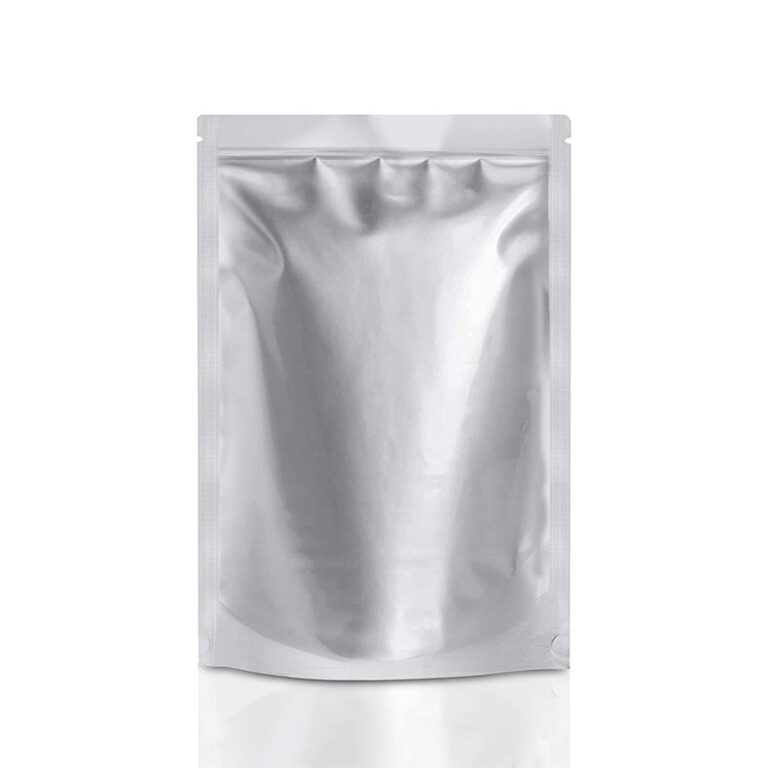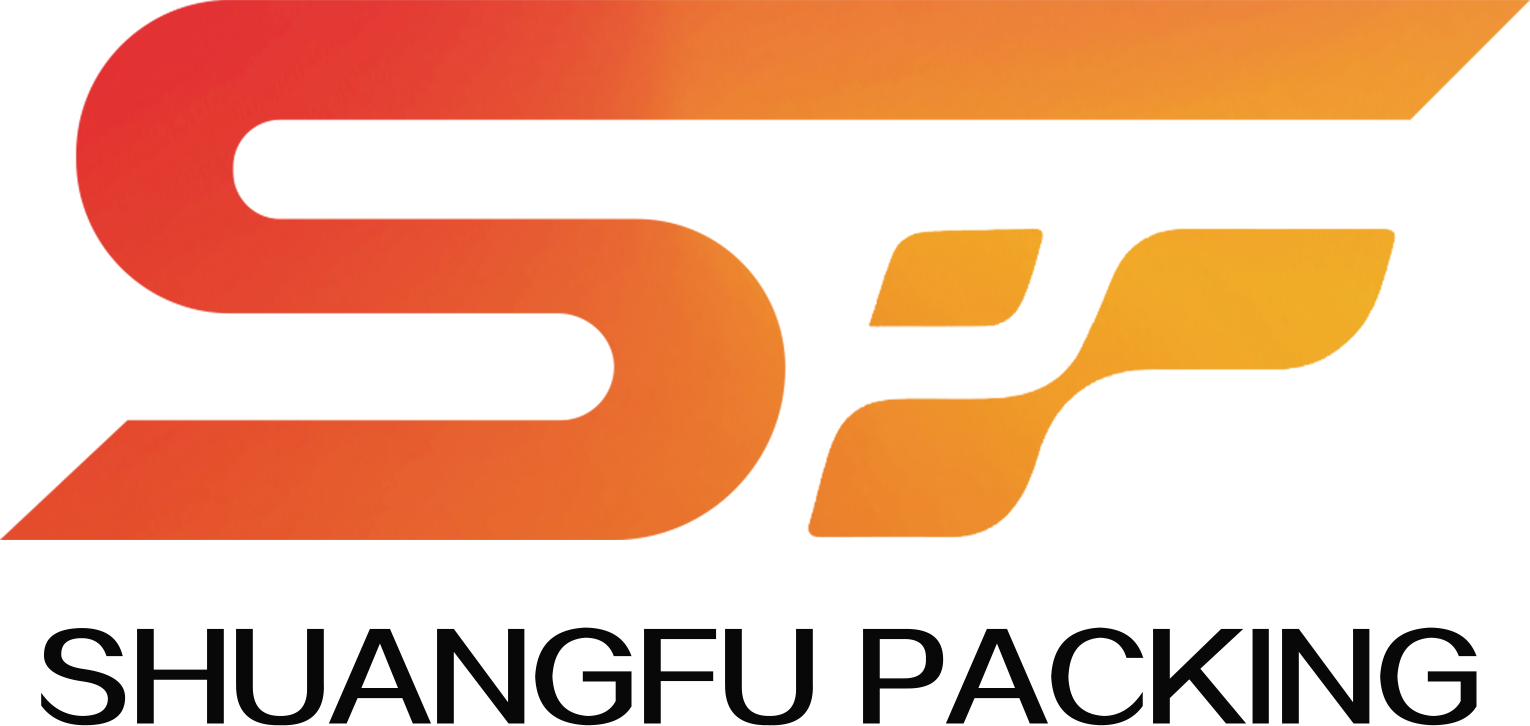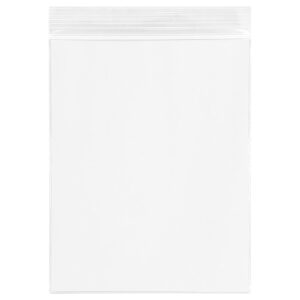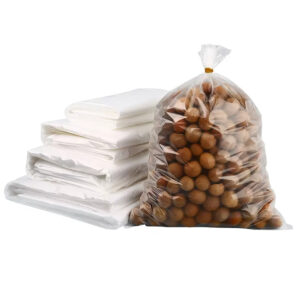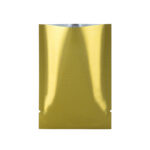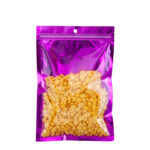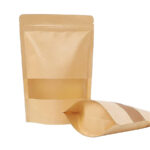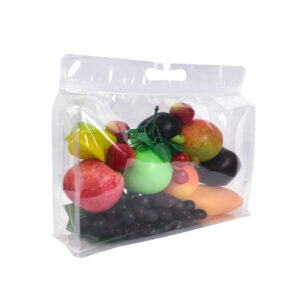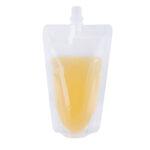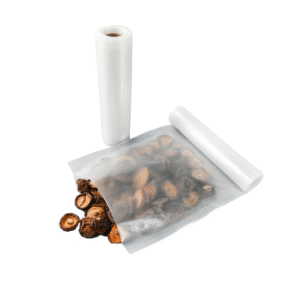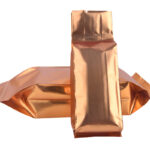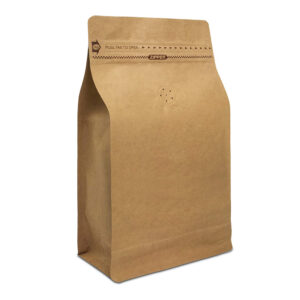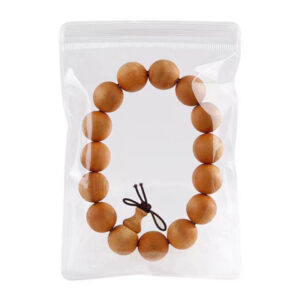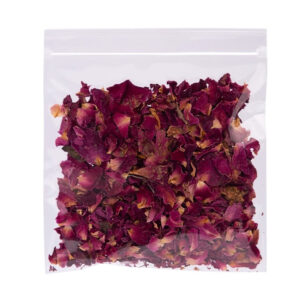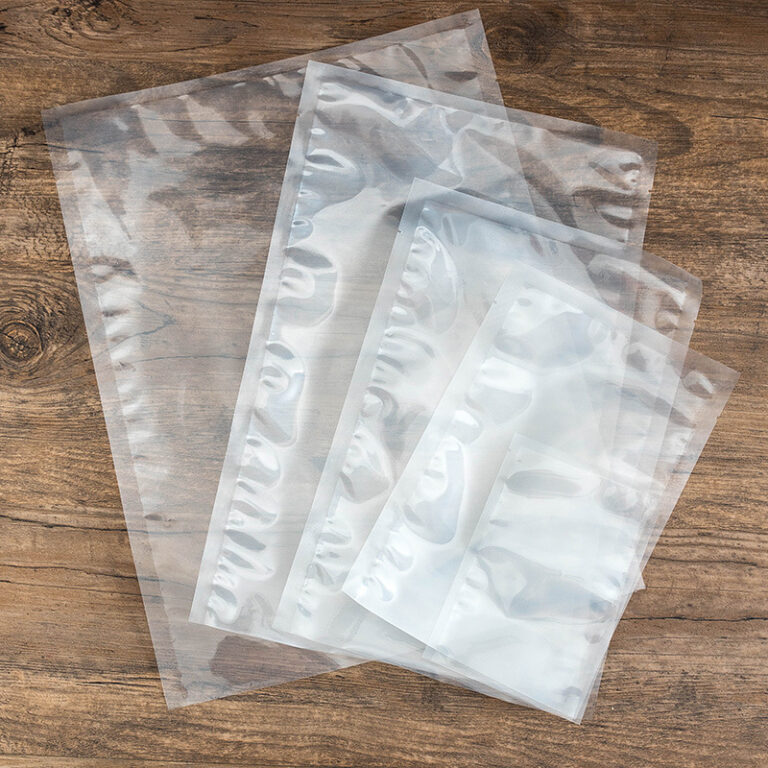
Digital Printing on Plastic Film- What You Need to Know About How We Print on Plastics, Films, and Sheets
With our innovative digital printing technology, SF POUCH can print short run printed pouch projects and high color count images with minimal setup and no plate costs. Not only does this improve efficiency but it benefits our customers in the form of quicker project turnaround and greater personalization. It's the 21st century -- your business has grown and changed, so isn't it time your screen printing solutions evolve, too?
Inkjet Printing vs Traditional Plate Printing
The easiest way to understand the differences between digital printing and traditional printing is to think about the size of the machines themselves. Modern day inkjet printers are highly sophisticated pieces of machinery, and are small enough to fit on the top of your desk. Although our digital printers are much larger than an inkjet printer, they are much smaller than traditional plate printers, which often take up an entire room and require a ladder to use.
Put simply, digital printers are more compact. They’re easier to set up and run. With digital printing, our team simply has to turn it on and run material and supplies through it. Plate printing, on the other hand, is more involved and can be difficult to calibrate and set up. This is one of the reasons that smaller printer runs, and projects involving alot of different designs can lend themselves to digital printing.
These differences probably mean very little to you (you’re not the one doing the printing, after all!). But when you think about the trickle down effects of these material and time savings, it’s a no-brainer that digital printing is great for many projects. Quicker turnaround? Check. Looking for more customization capabilities? Check. It’s a win across the board! Read on to learn more.
Evolve with ShuangFu Packing's digital printing
Our digital printing solutions mean that more power is in your hands. You can choose from a wider range of high-quality materials, from paper and plastic sheet to plastic film and compostables, all of which have excellent durability and stand up or lay-flat characteristics. Our professional materials, combined with our digital printing technology, mean your bags will have better ink adhesion, UV resistant properties, scratch resistance, and fewer defects overall.
Getting your toes wet in fully custom printed bags can be easier with digital printing, than it is with plate printing. Because you’ll spend less time worrying about your bag printing project and more time focusing on what really matters: running your business and selling your product.
Digital Printing
Digital printing is the process of printing digital-based images directly onto your package. Artwork is separated into four ink colors: cyan, magenta, yellow and black (CMYK+W). This type of printing is best for small runs, or where you have a lot of different designs. Some advanced coatings, and techniques (Spot UV, Spot Matte) are not possible with digital printing.
Pros
- No setup costs
- Shortest lead-times
- Great for start-ups and seasonal SKUS
- Great at printing raster images and photos
- Perfect for short runs, some as low as 200 pouches
- Physical proof available
- Can be used with most material
Cons
- Higher costs
- Not advised for higher quantities
- Limited finish options and printing effects
- Unable to exact color match PMS colors and some other ink limitations
Plate Printing
Plate printing is commercial printing where the design of your bag is separated into multiple color plates. Plate printing yields the lowest per unit costs available. Brands you see in Walmart, Target, and so forth generally use plate printing. Most jobs can be completed with three to six plates. Use of metallic color may require additional plates. Use up to 10 colors.
Pros
- Lower per-unit cost than digital printing
- It is the most economical choice when scaling your business
- All Finish options are available
- Works with almost any material
- Metalized colors available
- Full range of print effects, metalized, holographic, etc
- True PMS ink colors can be used
- Exceptional print durability and better ink opaqueness
Cons
- Minimum order quantity 5,000 pouches
- One-Time Plate costs (typically $150 each)
- Exceptional print durability and better ink opaqueness
Printing Comparison
| Consideration | Digitally Printed | Plate Printed |
|---|---|---|
| Spot Gloss / Spott Matte | No | Yes |
| Gloss Lamination | Yes | Yes |
| Matte Lamination | Yes | Yes |
| Color Options | CMYK | CMYK, Spot, Pantone |
| Spot Varnish | No | Available |
| Reverse Trap | Yes | Yes |
| Good for Short Runs | Yes | No |
| Per Unit costs | Higher | Lowest |
| Durability of Ink | Moderate | High |
Advantages and Applications of Digital Printing

There are some unique advantages of digital printing that uses a plastic sheet. There are zero setup costs with printing on plastic, and it can be used with any material, including plastic inkjet sheets. Since we can print as few as 1,000 bags or less on thin plastic films, it’s ideal for short runs (think: seasonal, slow-selling products, trial runs, industries with frequent regulatory changes that can make certain bag designs obsolete.) Additionally, plates aren’t used in this process, so you won’t be charged a plate fee.
Our digital printing solutions are great for prototyping and start-ups with high color counts. Since the price per unit tends to be higher, many of our customers are those with smaller projects. With digital printing, you’ll get the fastest turnaround (about three weeks!).
Disadvantages of Digital Printing
The advantages of digital printing should be obvious by now, so what are the disadvantages? We’d be lying to you if we said printing on smooth plastic sheets was the perfect printing option for everyone. As with everything, there are some unique disadvantages to digital printing. The primary disadvantage is the cost -- the quick turnaround, low MOQs, and greater flexibility does come with a slightly higher price tag. Ultimately, this isn’t the best option for very large orders.
The other disadvantage of digital printing is the color variance between batches. While there is rarely much variance within a single order, your next order may look slightly different. This has to do with the level of color calibration at the time of printing. This color variation is more apparent with lighter colors, so if your project mostly uses primarily dark colors you probably won’t even be able to notice the difference! Also the whites ink used with digital printing will be less opaque than other print processes.

Discover Our Developer Tools
For our digital printing projects, we don’t actually print individual bags. Instead, we print rolls of material that’s laminated and converted separately into bags. Although any base material can be digitally custom printed, here are some of the most common materials and plastic film sheets we use for our digital printing projects:
Metalized PET films
This is our line of metalized PET films, and is an economical and effective option for pouches. Metalized PET films is free from toxins, including BPA, TSE and sulfur, and Phthalates.
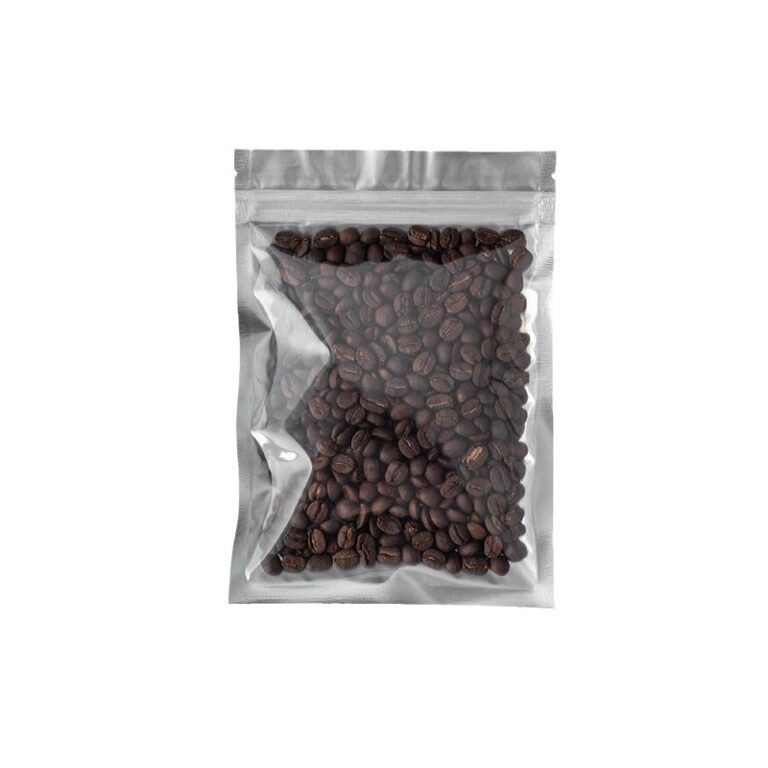
Clear barrier films
Clear barrier films are the backbone of barrier packaging. Our clear base barriers are affordable and provide protection against moisture and oxygen.
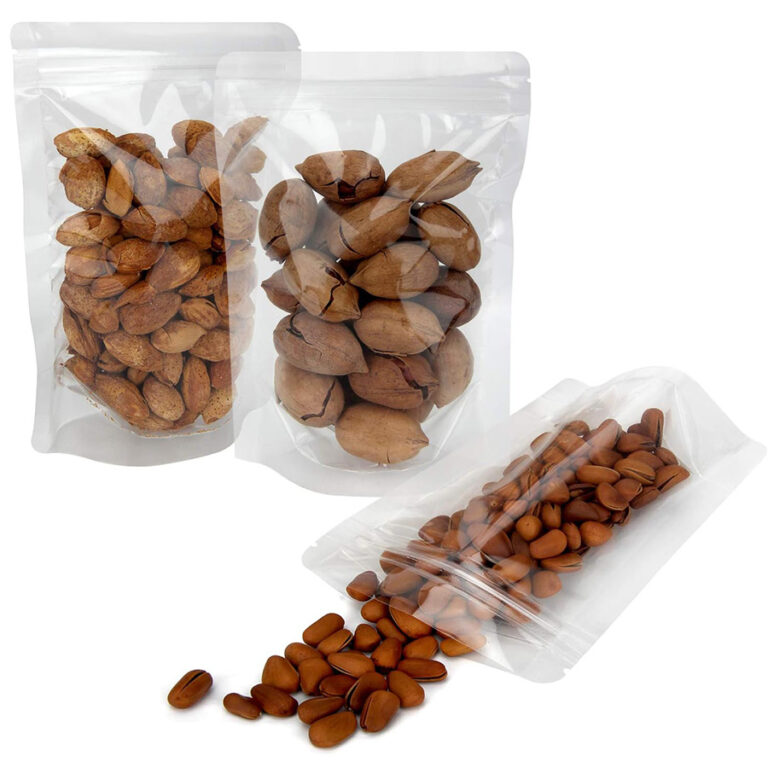
Aluminum barrier films
Like clear barrier films, foil barrier packaging materials offer an incredible barrier to oxygen and water. Our Aluminum foil barrier films material gives you the barrier of aluminum with the added strength of mylar.
